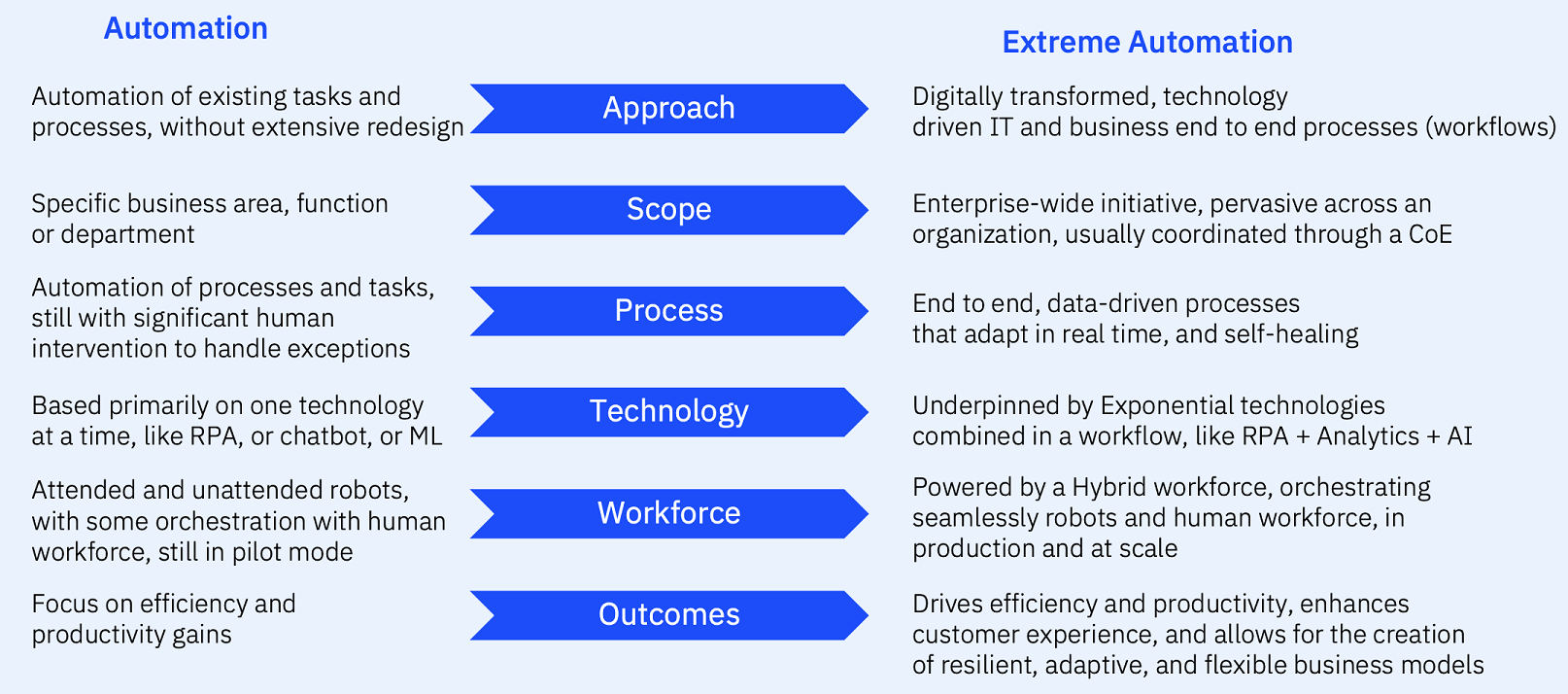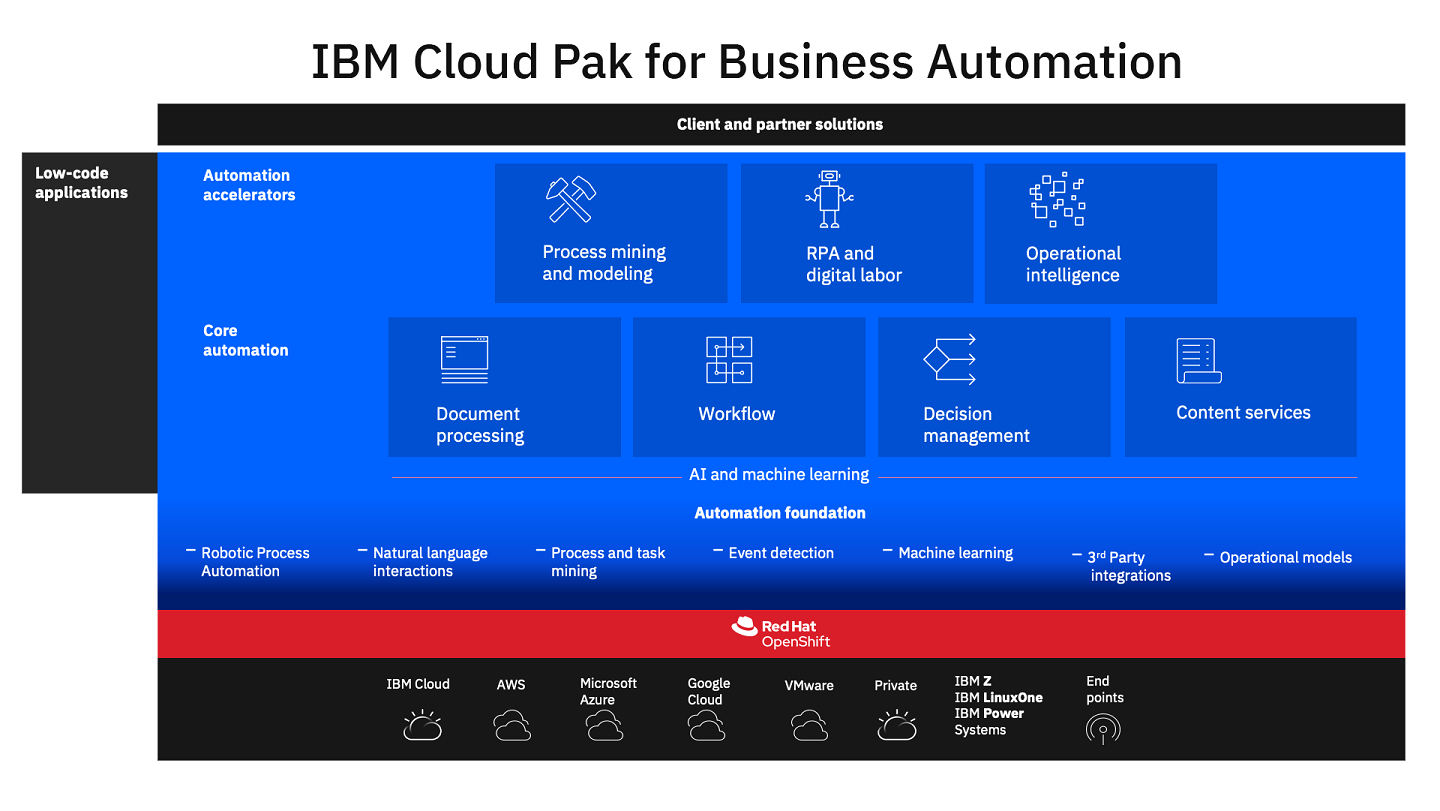The old cynics amongst us – and there are many at Insight 2 Value as most of us are long in the tooth and remember the days of Attachmate and other screen scraping solutions – were never completely convinced by IBM’s partnership with Automation Anywhere. The hardcore cynics were of the view that Robotic Process Automation (RPA) might be a bit of a flash in the pan. RPA was a response to overburdened IT departments with development backlogs. It was another example of shadow IT that would lose its way and thus have a short shelf life. ROI savings trumpeted by the vendors were regarded as overblown and artificial.
But, if the analysts are to be believed, RPA is here to stay. The RPA market is projected to reach USD 10.6B by 2027.
However, more locally something else appears to be happening.
Here at Insight 2 Value, we are engaging more and more with a different type of customer. A small to medium enterprise with a problem to fix and an IT department that’s overstretched just keeping the lights on – and they’re asking for something called Automation.
Automation, but not as we know it…
In 2020 we spoke to a customer who wanted to fix a business problem associated with Complaints Handling. Our approach was to suggest a Case Management solution to manage the end-to-end complaints process, drive root cause analysis, provide auditing over decisions and automatically distribute tasks across the enterprise.
We were taken aback to learn that ultimately they went with an RPA vendor who built some bots to manage the distribution of a complaint from an email channel.
We were selling a Rolls Royce when the customer wanted a Mini.
The high-level business needs for automation haven’t changed. It helps you reduce time to value, do more with less and creates resilient customer and employee experiences. What’s changing are the tools to deliver on the promise of automation and the choices available to customers. RPA is undeniably one of those evolving tools and finally, IBM has its own RPA in the kitbag.
At a glance, IBM RPA includes the following features:
- Unattended bots: Use RPA bots to automate repetitive tasks without human intervention
- Attended bots: Enable human workers to use bots to perform repetitive tasks on demand
- Intelligent virtual agent chatbots: Combine chat and RPA commands to create engaging chatbots through multiple channels – web and interactive voice response
- Optical character recognition (OCR): Process documents by extracting structured data from unstructured content
- Credential Vault: Securely store log-in credentials for your bots
- Dashboards: Monitor, manage, and gain business insights into business operations
- Cloud-native architecture
Forgive my nervousness but let’s hope IBM don’t change horses in another 12 months and repeat the errors of the Automation Anywhere relationship.
Why exactly did IBM change tack on RPA? The clue is in IBM’s bigger strategy around AI.
IBM is betting that the combination of RPA and AI will give them the opportunity to leapfrog the current market leaders in the RPA space.
Phil Fersht on his blog Horses for Sources comes up with some pretty compelling justifications for the WDG purchase, so much so, I’m prepared to forgive IBM for the RPA hiccup, especially as the feedback from the I2V techies is that the product is solid and easy to use. Also, commercially it’s bang on the money – let’s hope IBM doesn’t realise that too soon.
Rolling out RPA
Another customer recently talked about how they are grappling with the rollout of RPA across their organisation. They’ve followed the established pattern of setting up a centre of excellence. In some ways, they’ve been a victim of their own success. It’s been a struggle to cope with the demands from the business for their services.
One option they’re exploring is using Process Mining tools to help evaluate and prioritise the projects with the biggest opportunity for process improvement. This combination of RPA and Process Mining is definitely an area to keep an eye on and we watched with interest as IBM announced a partnership with a Process Mining vendor – myInvenio.
What is Process Mining?
Process mining is an analytical discipline for discovering, monitoring and improving processes as they actually are — not as you think they might be. It does this by extracting knowledge from event logs readily available in today’s information systems. For more details take a look here. We’re getting our hands on myInvenio shortly and will share our thoughts with you on another blog.
So…Hyper Automation?
IBM came out with a nice infographic to help people navigate the differences between humdrum automation and exciting automation. My issue with it is it’s too complex and extreme to the point of hyperbole.

Whether you call it Extreme Automation, Hyper Automation, Intelligent Automation, or just good old fashioned sensible automation, it’s essentially the same thing—the application of artificial intelligence (AI) and robotic process automation (RPA) combined with foundational automation technologies—like workflow, decisions, and content management—to digitise and automate virtually any type of work at scale.
So, as you’ve guessed, I too take issue with the term Hyper Automation. It is in danger of over-promising and underdelivering
… and frankly, can anyone imagine a customer saying “talk to me about your Hyper Automation offering?”
Come on.
Intelligent Process Automation?
I think the term Intelligent Process Automation is more accurate. The Intelligence is in understanding which combination of automation technologies suits your business needs. As a trusted partner, this is where we come in. We’ll advise on what’s best for you, not what’s best for the analyst and the software vendors.
Where I differ from IBM, is the notion that Extreme Automation is necessary and inevitable.
It smacks of IBM trying to talk customers into multi-million-pound investments when the reality is customers can pick and choose from the capabilities that best meet their needs, especially in the short-termism created by the global pandemic.
The model of being able to buy the whole kit and kaboodle from IBM is obviously attractive to IBM but there’s still some way to go to make this consumable and affordable for customers. IBM need to make it clear that the way to go is to buy based on need and not on complexity. Their Business Automation platform is designed to do just that. However, the messaging gets in the way with IBM falling into the overpriced and overcomplex trap that competitors set.
So, if you’ve come from the legacy world of Automation, or even the lovely old-fashioned world of enterprise content management and still call the heart of your Automation platform FileNet, then how do you navigate through all the hype, complexity and options?
The hype, the complexity and the options. Can you get some quick wins?
Drop us a line and we’ll happily arrange a more detailed walkthrough of the IBM Automation monolith. We’ll even break it down into what could work best for you and also show you how to align your Automation strategy with your cloud strategy.

Moreover, if you want to try out some of the new offerings in the IBM stable, we can arrange a loan environment and work with you to look at some quick wins to drive your understanding forward. To arrange either a demo, an Automation Roadmap workshop or access to a loan environment contact me.



